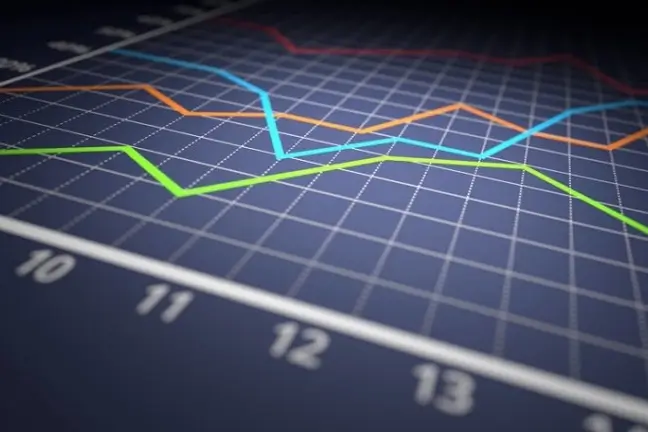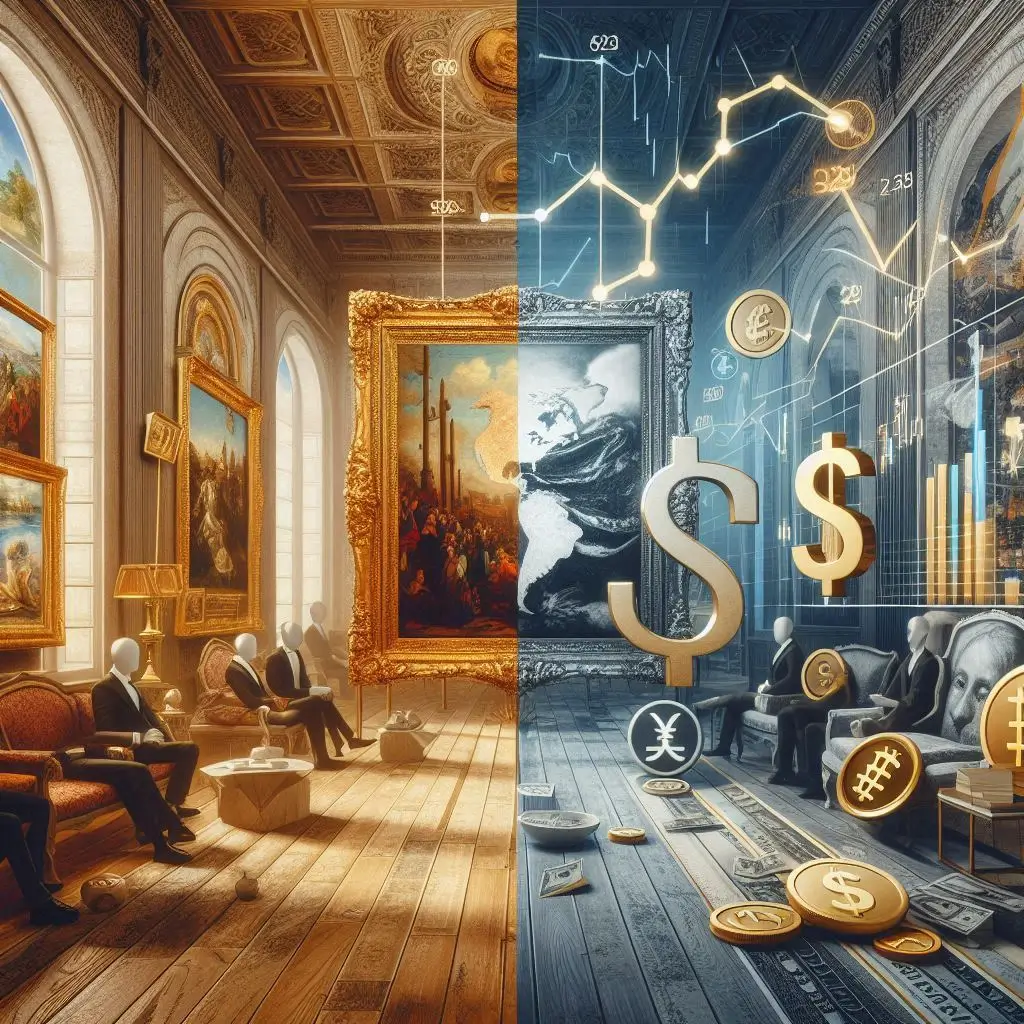Global financial markets are experiencing heightened uncertainty, and recent movements in KOSPI Overnight Futures reflect this volatility. A significant pullout by foreign investors from the Korean derivatives market has signaled growing caution toward emerging economies such as South Korea. This shift is occurring alongside a sharp decline in demand for US Treasury bonds, expanding trade tariffs, and tightening global regulations.
Together, these factors have contributed to a noticeable drop in the value of the US dollar. Most major currencies, with the exception of the New Taiwan dollar, have also depreciated sharply in response.
These developments raise important questions for American art collectors and investors. How does this economic environment influence the art market, and what strategies can help protect or grow art-related assets in uncertain times?
Currency Volatility and Its Influence on Art Prices
Exchange rate fluctuations directly affect international art transactions. As the dollar weakens, artworks priced in euros, pounds, or other foreign currencies become more expensive for US buyers. This can reduce purchasing power and discourage acquisition of overseas works.
However, the reverse is also true. For American collectors who already own foreign artworks, the weakening dollar can increase the value of those holdings when calculated in local currency terms. This creates an opportunity for profitable resale abroad, provided market demand holds up.
Currency volatility also adds complexity to logistics, taxes, and customs costs. In times of financial instability, these additional expenses can erode potential gains and require more careful planning before any transaction.

Capital Flight From KOSPI Overnight Futures and Its Meaning for Art Collectors
Strategies for Navigating Uncertain Markets
The recent exit of foreign capital from 코스피 야간선물 지수(KOSPI Overnight Futures Index) highlights a broader risk-off sentiment among global investors. While this shift is centered in Asian equity markets, the implications extend to alternative investments like art. US-based collectors should consider the following approaches:
- Prioritize established artists with stable market value
Works by blue-chip artists tend to hold their value during financial turbulence and are easier to resell if needed. - Focus on domestic acquisitions to avoid currency risk
Purchasing US-based artworks reduces exposure to volatile exchange rates and international transaction costs. - Shift toward long-term collecting strategies
Art should be viewed as a medium to long-term asset. Short-term flipping becomes riskier in a volatile global economy. - Explore digital or blockchain-based artworks
NFTs and digital art platforms can offer global reach without the traditional costs of shipping, insurance, and storage.
Why Art Remains a Reliable Asset in Times of Economic Instability
Despite financial uncertainty, art continues to be regarded as a tangible asset that can protect wealth. During inflation or currency depreciation, well-selected art pieces often maintain or increase their value. This makes art an appealing option for investors seeking diversification beyond stocks or bonds.
Still, art is not without its challenges. Costs related to transportation, authentication, legal documentation, and storage must be factored into the total investment. Careful research and advice from financial and legal professionals are essential to making sound decisions.
Opportunities and Risks for US Collectors in a Global Market
For American collectors, current global shifts present both risk and opportunity. A weak dollar may make foreign acquisitions more costly, but it also enhances the appeal of US-based art to international buyers. There is also growing interest in emerging art markets like Southeast Asia, where price points may be more accessible for strategic investors.
Navigating this environment requires awareness of economic trends, currency movements, and regional art market dynamics. With the right approach, art can remain a culturally rich and financially resilient part of a diversified portfolio.
